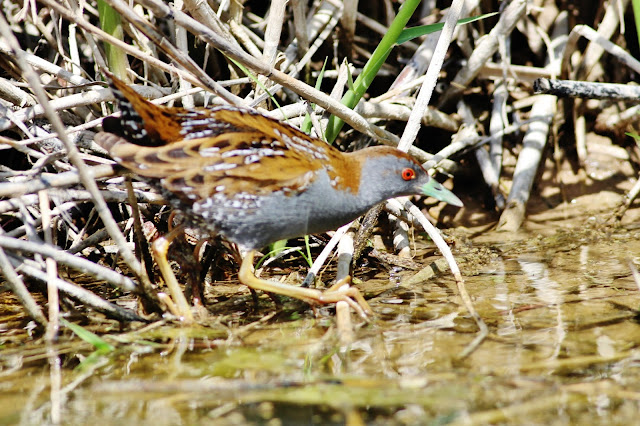See also
List of Cyprus birds of prey on this blog - Λίστα Αρπαχτικών πουλιών της Κύπρου σε αυτό το ιστολόγιο
Cyprus birds of prey - Αρπαχτικά πουλιά της Κύπρου
The short-toed snake eagle was formally described in 1788 by the German naturalist Johann Friedrich Gmelin in his revised and expanded edition of Carl Linnaeus's Systema Naturae. He placed it with the falcons, eagles and their relatives in the genus Falco and coined the binomial name Falco gallicus. Gmelin based his description on the "Jean le Blanc" that had been described by the English ornithologist John Latham and the French ornithologists Mathurin Jacques Brisson and the Comte de Buffon. The short-toed snake eagle is now placed in the genus Circaetus that was introduced in 1816 by the French ornithologist Louis Jean Pierre Vieillot. The genus name is from the Ancient Greek kirkos, a type of hawk, and aetos, "eagle". The specific epithet gallicus is Latin for "Gaul" ie France.
Photos Athienou 25/2/2021 and 10/4/2021 by George Konstantinou
This is an Old World species found throughout the Mediterranean basin, into Russia and the Middle East, and parts of Western Asia, and in the Indian Subcontinent and also further east in some Indonesian islands.
Those present on the northern edge of the Mediterranean and other parts of Europe migrate mainly to sub-Saharan Africa north of the equator, leaving in September/October and returning in April/May. In the Middle and Far East the populations are resident. In Europe, it is most numerous in Spain where it is fairly common but elsewhere it is rare in many parts of its range. A bird on the Isles of Scilly, Britain, in October 1999 was the first confirmed record for that country.
The short-toed snake eagle is found in open cultivated plains, arid stony deciduous scrub areas and foothills and semi-desert areas. It requires trees for nesting and open habitats, such as cultivations and grasslands for foraging
Its prey is mostly reptiles, mainly snakes, but also some lizards.[19] Sometimes they become entangled with larger snakes and battle on the ground. Occasionally, they prey on small mammals up to the size of a rabbit, and rarely birds and large insects.
This eagle is generally very silent. On occasions, it emits a variety of musical whistling notes. When breeding, it lays only one egg. It can live up to 17 years.
The short-toed snake eagle has suffered a steep decline in numbers and range in Europe and is now rare and still decreasing in several countries due to changes in agriculture and land use. It needs protection. In the middle and far eastern part of its range, this species is not yet threatened.
From Wikipedia, the free encyclopedia
.JPG)
.JPG)
.JPG)
.JPG)
.JPG)
.JPG)






















%20(1).JPG)
%20(2).JPG)
%20(3).JPG)
%20(4).JPG)



















